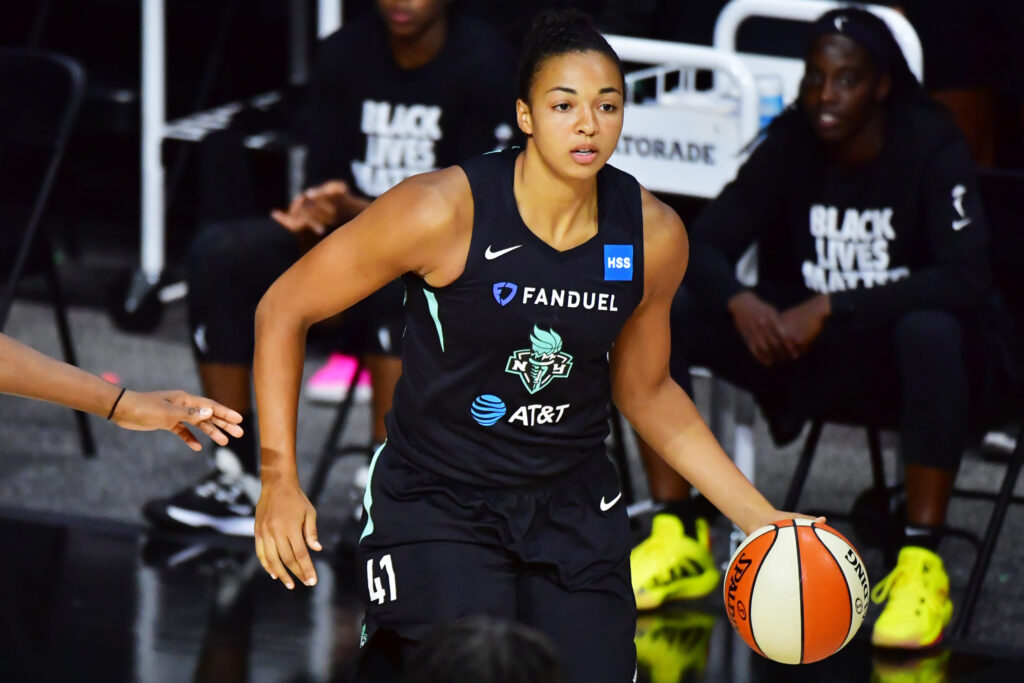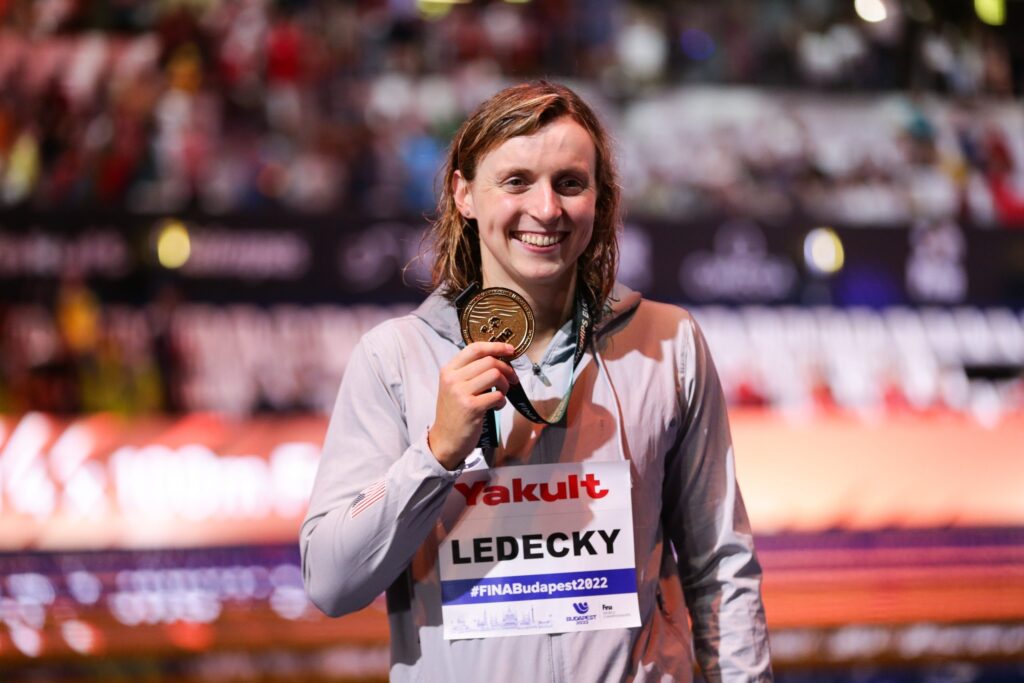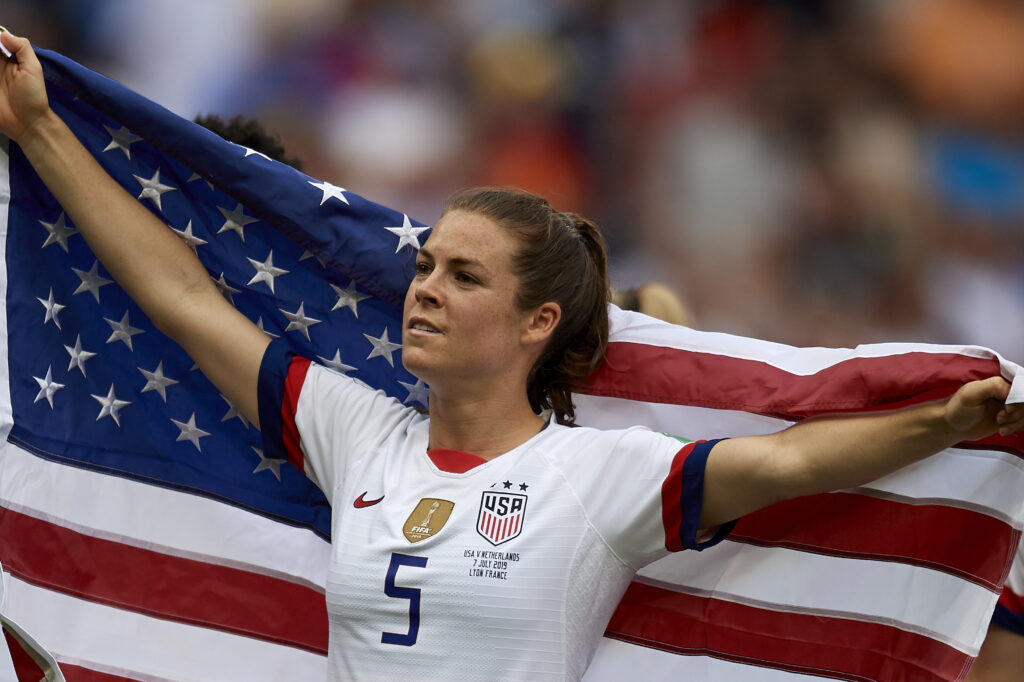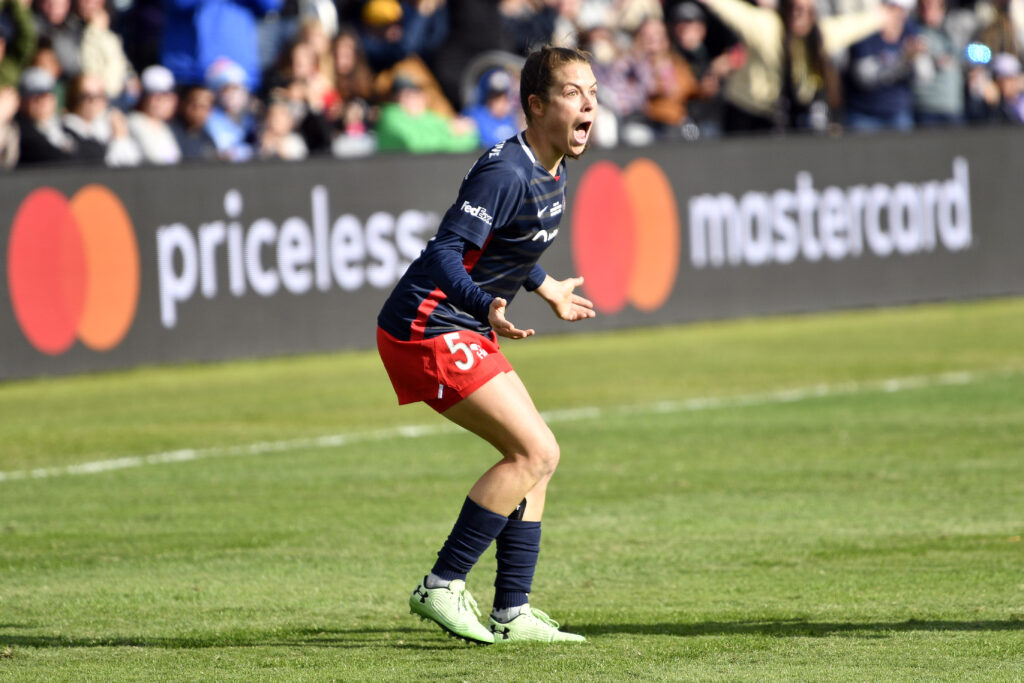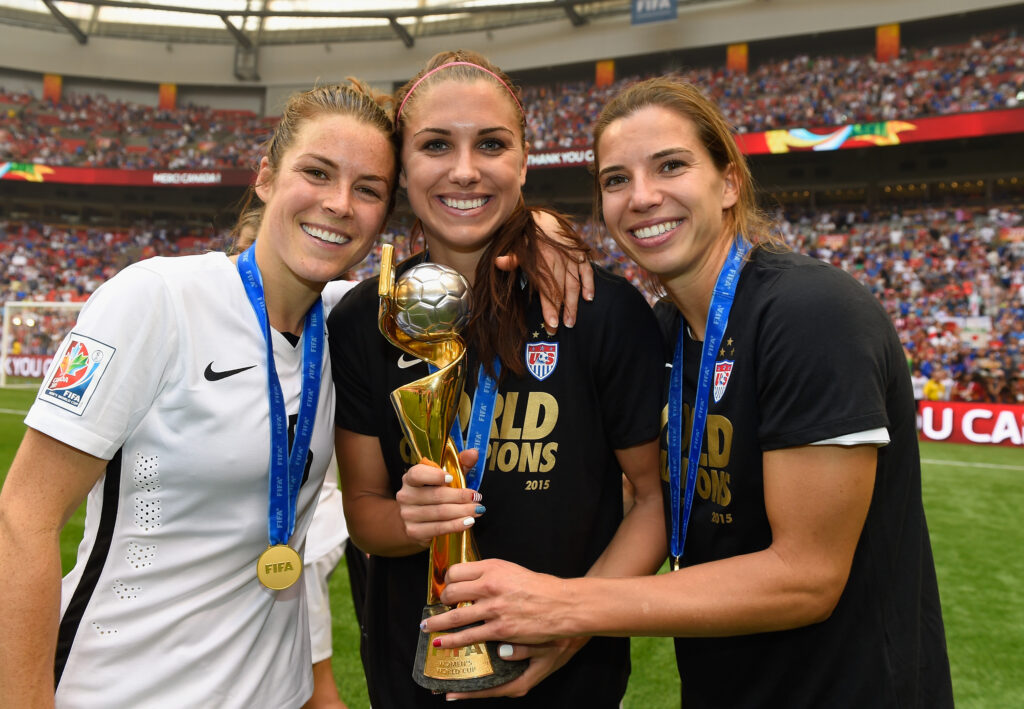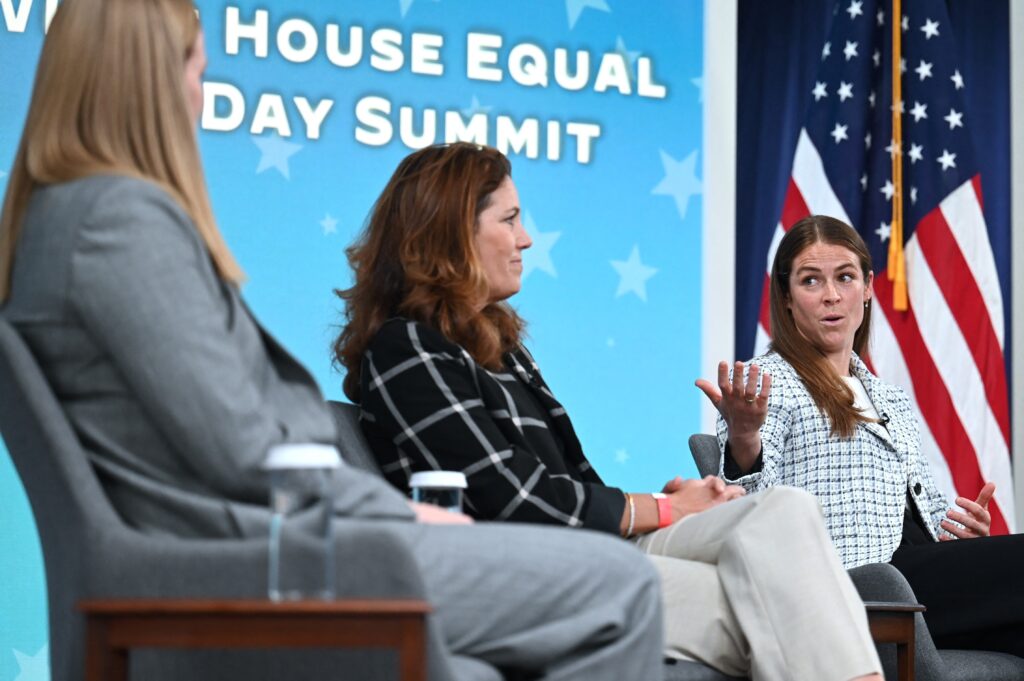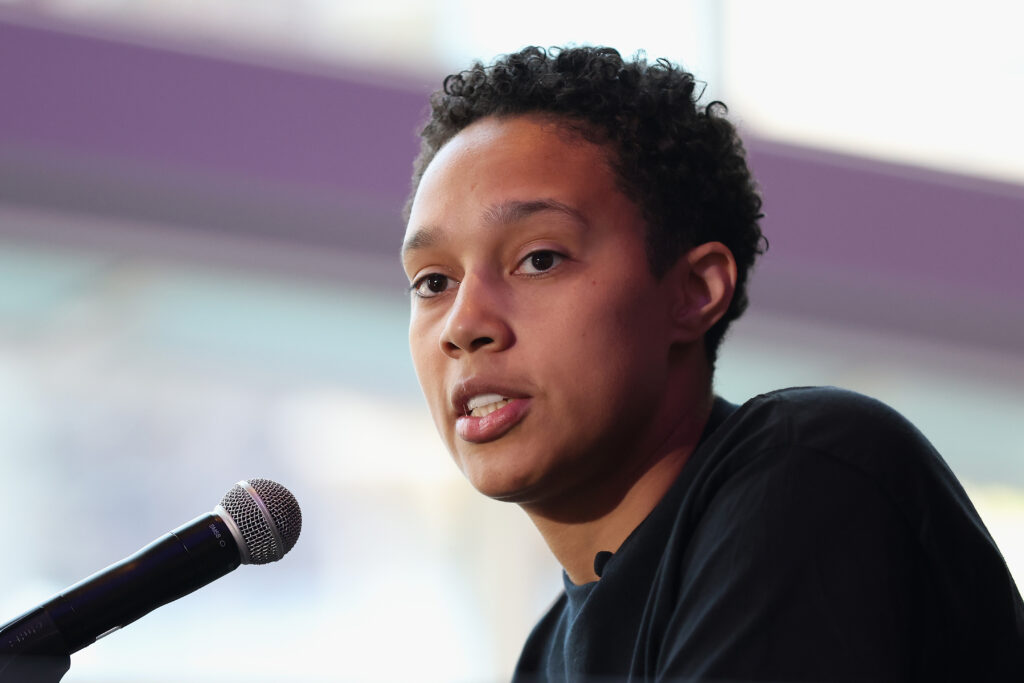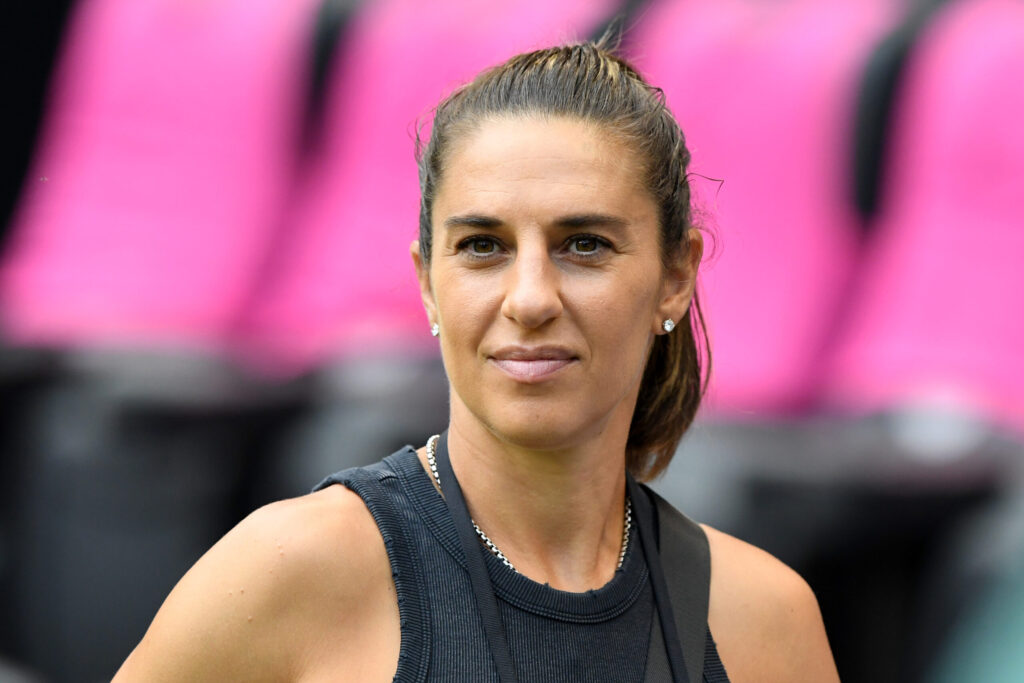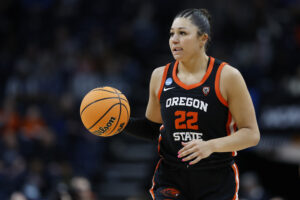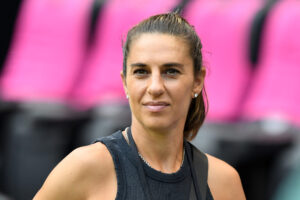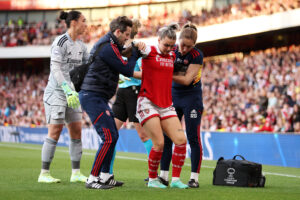It’s been an active week for roster moves in the WNBA. Teams had to make decisions on players by Wednesday, the midpoint of the WNBA season, before their contracts became guaranteed for the rest of the year.
As a result, many teams made cuts (and subsequent signings) in order to remain within the salary cap. Here are some of the most notable roster moves from the past week.
Lauren Cox was waived by the Indiana Fever on Sunday and, three days later, was picked up by the Los Angeles Sparks. The No. 3 overall selection in the 2020 WNBA Draft, Cox averaged 8.6 minutes per game this year and played in just 25 games over two seasons, not giving her much of a chance to prove her worth. She was a standout in college, helping lead Baylor to a national championship in 2019 and winning Big 12 Player of the Year in 2020.
Kiah Stokes is another former first-round pick who struggled to assert herself this year. Despite playing a major role on the Liberty last year, Stokes found herself in a different situation this season, appearing in just nine of the Liberty’s 17 games. In those nine games, she averaged 4.2 rebounds, 0.6 assists, 0.7 blocks and 1.7 points in 15 minutes. She has reportedly signed with the Las Vegas Aces, which would reunite her with Bill Laimbeer, her coach with the Liberty for from 2015-17.
Multiple league sources confirm to @TheNextHoops that former New York Liberty Center Kiah Stokes has signed with the Las Vegas Aces. Stokes joins her former coach Bill Laimbeer who she played for from 2015-2017.#ALLIN | #WNBA| #counit
— Jackie Powell (@ClassicJpow) June 30, 2021
Rachel Banham was waived Monday by the Lynx. The Lynx have been hit hard by injuries this season, forcing them to get creative with roster maneuvering and hardship contracts, and Banham appears to have been a casualty of that. In her second season with the Lynx, Banham was averaging 4.4 points, 1.6 rebounds and 1.1 assists in 11.5 minutes per game. The team is reportedly planning to re-sign Banham, a former Minnesota Gopher and hometown favorite, to a restructured contract if and when she clears waivers. The Lynx also terminated Layshia Clarendon’s hardship contract Thursday but are expected to re-sign her to a season-long deal.
Kiana Williams is one of the notable 2021 draftees to have been waived by her team. Selected 18th overall in April after winning a national championship at Stanford, Williams appeared in eight games for the Storm. She was an impact player with the Cardinal, averaging 13.4 points, 2.4 rebounds and 3.4 assists per game during her career while setting a school record for 3-pointers made. But with the likes of Jewell Loyd and Sue Bird ahead of her on the depth chart, she wasn’t getting enough playing time in Seattle.
Kristine Anigwe joined the Sparks on June 4 under a hardship contract after Nneka and Chiney Ogwumike were sidelined with injuries. That contract was terminated on Wednesday. Adding in three games for Dallas before she moved to the Sparks, Anigwe has appeared in 10 total games this season, averaging 3.4 points and 3.3 rebounds in 13.6 minutes per game.
Karlie Samuelson and Bria Holmes were also cut by the Sparks, but both were re-signed under hardship contracts. Samuelson scored a career-high 13 points on 5-for-5 shooting in a win against Washington last week. Through six games, she has averaged 3.2 points, 1.5 rebounds and one assist in 13 minutes per game. Meanwhile, Holmes has played in 12 games, averaging five points, 3.2 rebounds and 1.5 assists in 18.8 minutes per game. She also holds the franchise record for single-game plus/minus with a +39, which was set on June 3 against the Indiana Fever.
Joyner Holmes joined the Aces in May after the team waived forward Emma Cannon. Holmes, originally drafted by Seattle in 2020 and later picked up by the Liberty, was waived by New York once Kiah Stokes returned from overseas play. Holmes played in just four games for the Aces, averaging 3.3 points and shooting 50 percent from the field.
Kiara Leslie, Megan Gustafson and Stella Johnson were all waived by the Mystics. Gustafson was signed on a hardship contract and, as a result, saw limited playing time. Johnson also received limited minutes. Leslie, on the other hand, was drafted in the first round by the team in 2019 and carried for a full year despite being injured and unable to play. In the three seasons since she was drafted, Leslie has played in only 28 WNBA games. In nine games this season, Leslie has averaged just 2.8 points in under 10 minutes per game. Mystics head coach and general manager Mike Thibault had the following to say about the move:
" She missed all of her first year, last year in the bubble she played 19 of the 22 games. Saw some progress, this year it's been up and down. My feeling is with a player that with a player that is up and down is that I don't want to guarantee em" - Mike Thibault #TheFocusTV
— Focus TV (@TheFocus_TV) June 28, 2021
On Thursday, the Mystics signed Gustafson and Shatori Walker-Kimbrough to seven-day contracts. Walker-Kimbrough, drafted sixth overall by the Mystics in 2017, played her first three WNBA seasons in Washington.
Chelsey Perry was picked up by the Fever after being released by them back in May. She played in the Fever’s two preseason games, scoring a team-high 16 points against Chicago on May 19, and their first two regular season games. But she faced an uphill battle on Indiana’s depth chart and was waived in order for the team to sign Betti Hatar. After the WNBA season, Perry is set to continue playing in Spain for AE Sedis Bàsquet.
